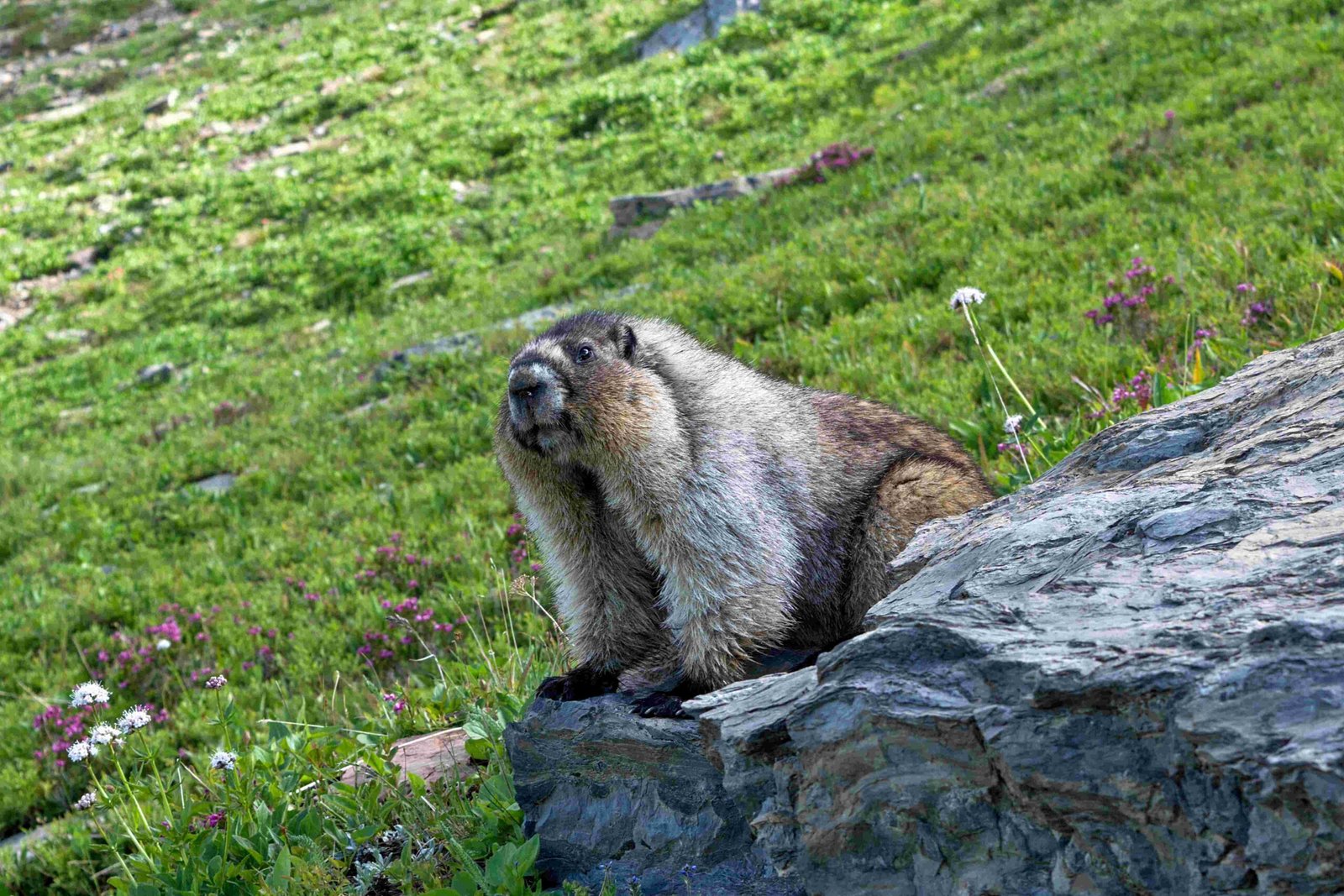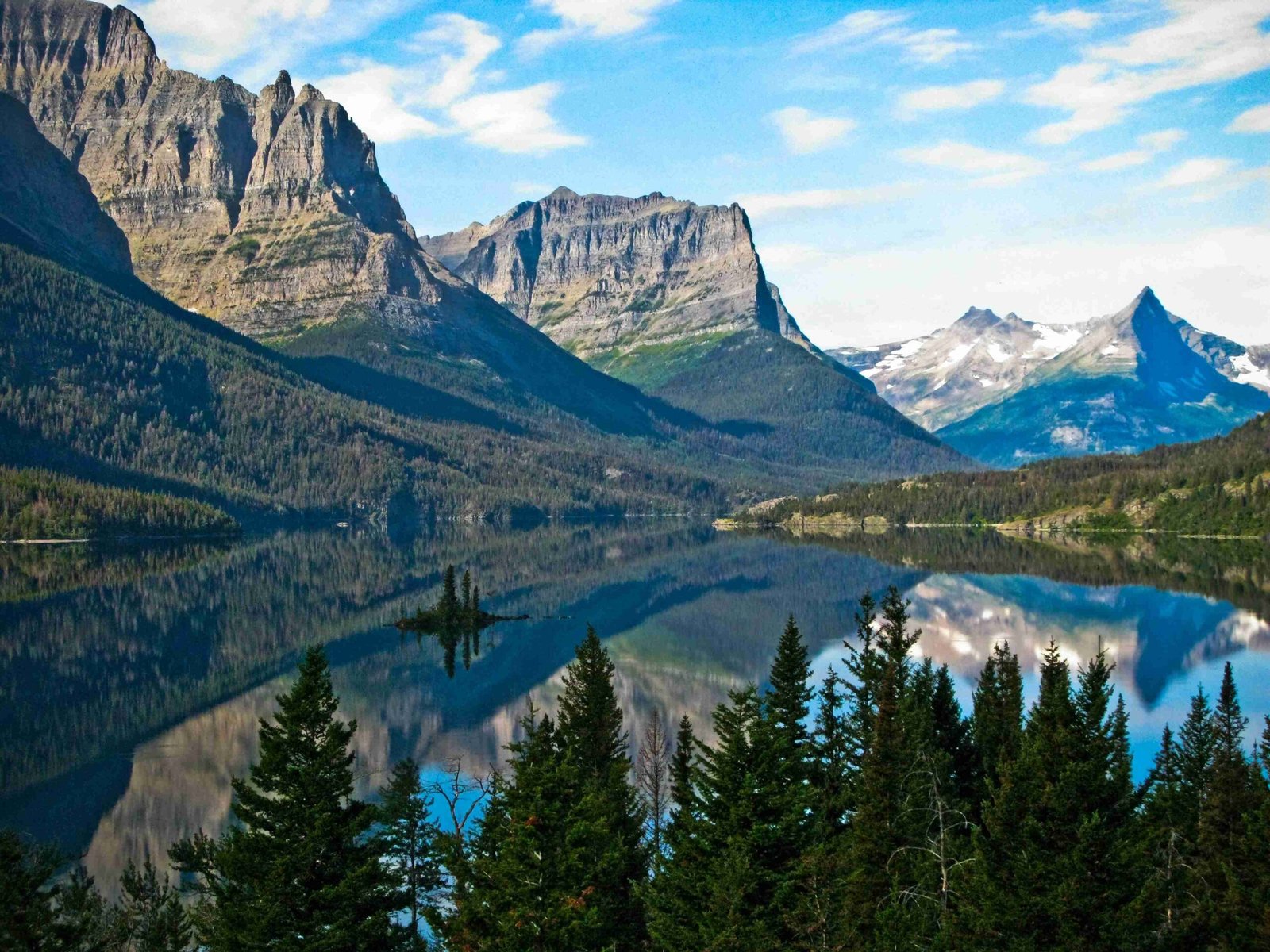Glacier National Park, known as the ‘Crown of the Continent,’ is a breathtaking destination that offers unparalleled natural beauty, diverse wildlife, and unforgettable experiences. From its iconic Going-to-the-Sun Road to its pristine glaciers and alpine meadows, the park provides countless reasons for visitors to explore its wonders. This guide will delve into the compelling reasons why Glacier National Park should be at the top of your travel list.
What Makes Glacier National Park a Must-Visit Destination?

Glacier National Park stands out as a premier destination for nature enthusiasts, adventure seekers, and those looking to immerse themselves in pristine wilderness. Here are some key reasons why you should consider visiting:
- Breathtaking Scenery
- Diverse Wildlife
- Extensive Hiking Trails
- Scenic Drives
- Unique Geological Features
- Rich Cultural Heritage
Let’s explore each of these aspects in detail.
Why is the Scenery in Glacier National Park Unparalleled?

The scenery in Glacier National Park is truly awe-inspiring, offering visitors a visual feast of natural wonders. Here’s what makes it so special:
- Rugged Mountain Peaks: The park is home to over 130 named lakes, more than 1,000 different species of plants, and hundreds of species of animals.
- Pristine Glaciers: While diminishing due to climate change, the park’s remaining glaciers are a sight to behold.
- Alpine Meadows: During summer, these areas burst into a riot of colorful wildflowers.
- Crystal-Clear Lakes: Lakes like Lake McDonald and St. Mary Lake offer mirror-like reflections of the surrounding mountains.
Table: Notable Scenic Spots in Glacier National Park
| Location | Key Features | Best Time to Visit |
|---|---|---|
| Logan Pass | Alpine meadows, mountain views | July – August |
| Many Glacier | Glacial lakes, wildlife | June – September |
| Two Medicine | Secluded lakes, mountain vistas | May – October |
| Lake McDonald | Colorful pebbles, mountain reflections | Year-round |
How Does the Wildlife Enhance the Visitor Experience?
Glacier National Park is a haven for wildlife enthusiasts, offering opportunities to observe a diverse array of species in their natural habitats:
- Large Mammals: Visitors can spot grizzly bears, black bears, moose, elk, and mountain goats.
- Bird Species: The park is home to over 260 species of birds, including golden eagles and harlequin ducks.
- Aquatic Life: Bull trout and westslope cutthroat trout inhabit the park’s rivers and lakes.
Best Practices for Wildlife Viewing:
- Maintain a safe distance (at least 100 yards from bears and wolves, 25 yards from other wildlife)
- Use binoculars or telephoto lenses for close-up views
- Visit during early morning or late afternoon for better chances of sightings
- Stay on designated trails to minimize disturbance to wildlife habitats
What Makes the Hiking Trails in Glacier National Park Exceptional?
With over 700 miles of trails, Glacier National Park offers hiking experiences for all skill levels:
- Highline Trail: A challenging 11.8-mile trek offering stunning views of the park’s rugged landscape.
- Hidden Lake Overlook: An easy 2.7-mile round trip hike with panoramic views of Hidden Lake.
- Iceberg Lake Trail: A moderate 9.7-mile round trip hike leading to a picturesque alpine lake.
- Grinnell Glacier Trail: A strenuous 10.6-mile round trip hike to one of the park’s most accessible glaciers.
Tips for Hiking in Glacier National Park:
- Always carry bear spray and know how to use it
- Check trail conditions before setting out
- Bring plenty of water and snacks
- Wear appropriate footwear and clothing for changing weather conditions
Why is the Going-to-the-Sun Road a Must-Drive Experience?
The Going-to-the-Sun Road is one of the most scenic drives in North America, offering:
- 50 miles of breathtaking views
- Passage through varied ecosystems, from lowland forests to alpine tundra
- Access to numerous viewpoints and trailheads
Key Points Along the Going-to-the-Sun Road:
- Logan Pass: The highest point on the road at 6,646 feet
- Wild Goose Island Overlook: A picturesque view of St. Mary Lake
- Weeping Wall: A natural waterfall cascading onto the road
- Jackson Glacier Overlook: One of the few places to see a glacier from the road
Note: The road is typically open from late June to mid-October, weather permitting.
How Does Glacier National Park’s Geology Contribute to Its Uniqueness?
Glacier National Park’s geological features are a testament to millions of years of Earth’s history:
- Glacial Sculpting: The park’s landscape has been shaped by glaciers, creating U-shaped valleys, cirques, and arêtes.
- Sedimentary Rock Layers: The colorful rock layers visible throughout the park tell a story of ancient seas and tectonic uplift.
- Lewis Overthrust: This major geological feature has exposed some of the oldest sedimentary rocks on Earth.
Geological Highlights:
- Chief Mountain: An iconic example of the Lewis Overthrust
- Grinnell Point: Showcases the park’s colorful sedimentary layers
- Avalanche Lake: Surrounded by steep cliffs carved by glaciers
What Cultural Significance Does Glacier National Park Hold?
Glacier National Park is not just a natural wonder but also a place of rich cultural heritage:
- Native American History: The park has been home to Native American tribes for thousands of years, including the Blackfeet, Salish, and Kootenai.
- Historic Chalets: Built in the early 20th century, these structures offer a glimpse into the park’s early tourism days.
- International Peace Park: In 1932, Glacier National Park and Canada’s Waterton Lakes National Park were combined to form the world’s first International Peace Park.
Cultural Sites to Visit:
- Museum of the Plains Indian in Browning
- Glacier Park Lodge in East Glacier
- Many Glacier Hotel, a historic Swiss-style chalet
By visiting Glacier National Park, you’re not just witnessing natural beauty but also engaging with a landscape rich in geological, ecological, and cultural significance. Whether you’re seeking adventure, tranquility, or education, Glacier National Park offers an unparalleled experience that will leave you with lasting memories and a deeper appreciation for the natural world.